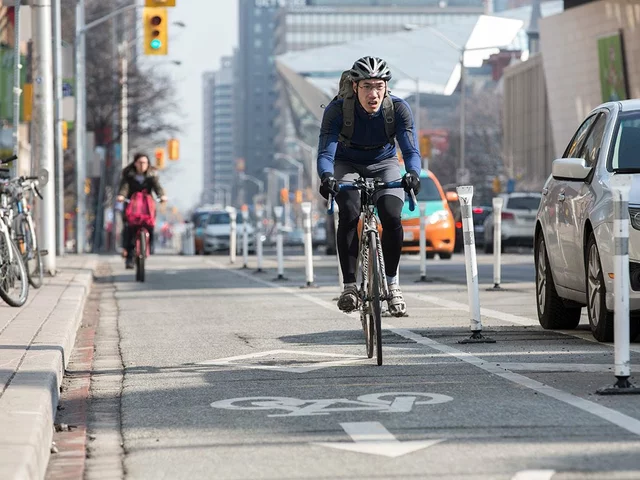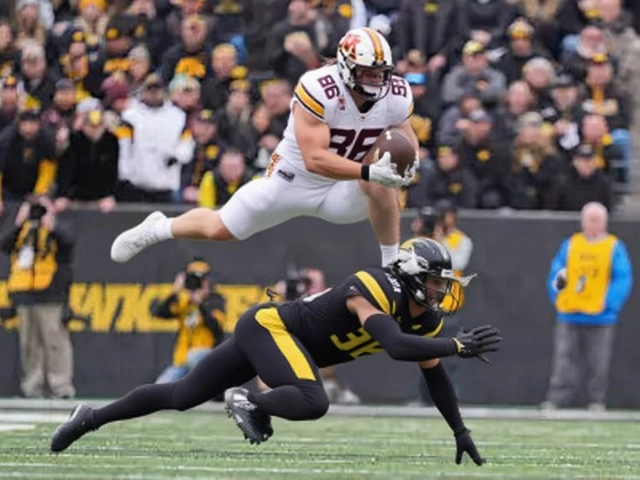Sports & Fitness – How Drafting Can Make Your Ride Faster and Easier
Ever wondered why race cyclists stick so close together? It’s not just for the drama – they’re using a trick called drafting. By riding in another rider’s slipstream, you can cut the wind that pushes against you. The result? You use less power, tire less quickly, and can keep a higher speed without feeling wiped out. If you’re into sports, fitness, or just love biking around Spain, learning to draft safely can change how you ride.
What is Drafting and Why Does It Work?
Drafting is simply riding behind someone else so the air they push aside creates a low‑pressure zone. Think of it like swimming behind a fast swimmer – the water moves easier for you. In cycling, the lead rider breaks the wind, and the following rider feels up to 30% less drag. That number isn’t random; tests on professional racers show energy savings that can equal a short climb or a solid sprint.
The physics is straightforward: wind resistance grows with the square of speed. When you’re at 20 km/h, most of the effort you put into the pedals goes into pushing air aside. Drop that resistance by a third, and you can either go faster with the same effort or keep the same speed and feel much fresher.
How Drafting Improves Your Fitness and Performance
Saving energy doesn’t mean you skip training. Instead, it lets you ride longer, recover quicker, and focus on other parts of fitness. Here’s how:
- Longer rides with less fatigue: You can add extra kilometers without over‑taxing your legs.
- Better interval work: Use the draft to maintain high speeds while you concentrate on cadence or pedal technique.
- Lower heart‑rate zones: Because you’re fighting less wind, your heart rate stays lower at the same speed, which is great for building endurance.
For beginners, start by finding a group ride where the leader is steady and keeps a safe distance. Ride a few meters behind, match their speed, and feel the wind drop. If you notice a sudden gust or the leader speeds up, adjust your position gradually – never snap into the slipstream too fast.
Safety is the biggest rule. Keep at least a bike length between you and the rider in front, especially on climbs or in wet conditions. Communicate with a simple shout of “hey!” if you need to change lanes. A quick check of your surroundings before you move keeps the whole group safe.
When you get comfortable, experiment with rotating the lead. Take turns at the front for a minute or two, then let someone else pull. This practice not only shares the workload but also builds teamwork, a key part of any sports and fitness community.
Beyond drafting, think about overall fitness. Combine your ride with core exercises, leg strength work, and flexibility drills. A balanced routine means you’ll stay stable while drafting and avoid the wobble that can happen when you’re too relaxed in the slipstream.
Remember, drafting is a tool, not a shortcut. Use it to make your rides more enjoyable, to push your limits safely, and to stay motivated. Whether you’re training for a BMX race, a road event, or just cruising the Spanish countryside, mastering the draft can give you the edge you need.
Ready to try? Grab a friend, join a local group ride, and give drafting a go on your next outing. Feel the wind drop, notice the energy saved, and watch your fitness improve without extra sweat. That’s the power of sports, fitness, and a little smart riding.
Drafting in cycling is a technique that can greatly increase efficiency by reducing wind resistance. By riding closely behind another cyclist, a rider can save significant energy, sometimes up to 30%. This tactic is common in professional races but requires skill and trust between riders to avoid accidents. However, it's not always the best strategy for beginners due to safety concerns. Overall, drafting can be an extremely effective strategy in cycling when used correctly.
Read more





